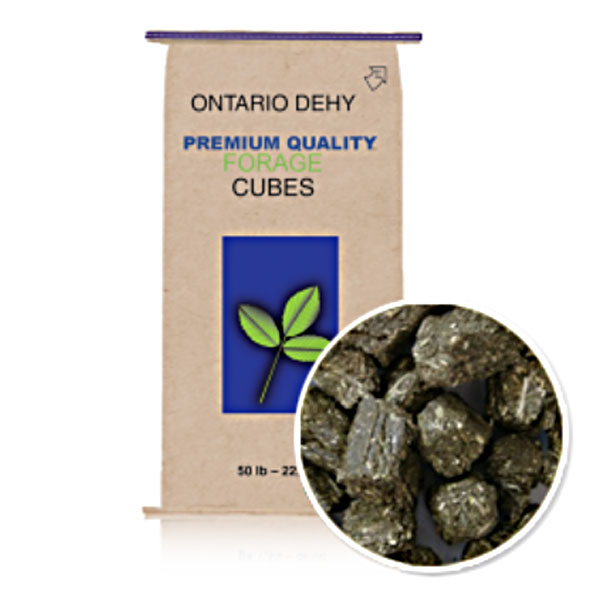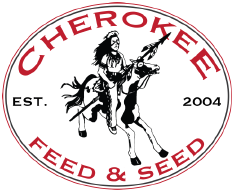 The recent strings of years of drought have provided some serious problems with finding good quality hay for our horses. The problems I’m talking about are either the cost or availability of good quality horse hay. For those who can buy and store full truckloads of hay, the impact may not be as bad. But for those of us who only have a couple of horses, we are at the mercy of what we can find locally. Consider a variety of Forage options available for your horses this winter and even through drought situations.
The recent strings of years of drought have provided some serious problems with finding good quality hay for our horses. The problems I’m talking about are either the cost or availability of good quality horse hay. For those who can buy and store full truckloads of hay, the impact may not be as bad. But for those of us who only have a couple of horses, we are at the mercy of what we can find locally. Consider a variety of Forage options available for your horses this winter and even through drought situations.
Fortunately, there have been some real improvements in forage alternatives. In the past, you had your choice of alfalfa cubes and one or two complete feeds. Now, there are other cube options, chopped forages, and a broader spectrum of complete feeds. Here are a few key considerations when choosing the best alternative forage option for your feeding program.
First, fiber length of the fiber source is very important. Most nutritionists agree that fiber length of 1” to 1 ½ “is most desirable. The fiber length is important to assure good gut motility and to provide “scratch factor”. Scratch factor is a desire within the horse to meet certain fiber requirements. Without meeting this requirement, research has proven horses develop bad habits, such as wood chewing.
Second, the digestibility of the fiber is important. Hay is often labeled as poor quality because of the high lignin content. Lignin is the indigestible portion of the cell wall in plants. Lignin gives the stem strength as the plant gets older. Therefore, overly mature hay and straw is high in lignin and not very digestible. The same is true with feed ingredients. Beet pulp, soy hulls, wheat midds, and alfalfa meal would be low in lignin and very digestible while peanut hulls and rice hulls would be high in lignin and not very digestible.
Third, fiber consistency is very important. Recent research indicates that a leading cause of colic is a rapid change in fiber. Most horse owners know to change the grain portion of the diet slowly. The same is true, and perhaps more important, with fiber products because of the microbial population in the cecum. The microbial population contains the bacteria necessary for converting digestible fiber into energy and microbial upsets are largely responsible for colic and laminitis (founder). The bacteria need a period of time to adjust to the new fiber source to avoid microbial upsets. Fourth, since the fiber portion of the diet should constitute at least 50% of the total intake, you need to consider protein content. If you start feeding considerably lower quality hay than normal, you may need to consider a higher protein grain source or vice versa.
Now that you know a little of what to take into consideration, what options do you have to choose from when considering a forage alternative? First, you need to figure out if you need to consider replacing all of your hay or supplementing the fiber you can lay your hands on. If you are supplementing your fiber, are you supplementing to improve poor quality or do you want to stretch out what you have, or a combination of both?
Complete feeds are defined as a diet that supplies not only the protein, vitamins, and minerals required for proper nutrition but also sufficient amounts of fiber. These products work great for extending or improving hay resources but typically lack sufficient fiber length to act as a complete replacement. Therefore, some long stem fiber is recommended. Triple Crown offers a variety of Complete feeds that can be found at our products page.
Cubes historically consisted only of 100% alfalfa cubes. Now there are different combinations such as alfalfa and timothy hay. Cubes will still basically always be at least 50% alfalfa because of the binding properties of alfalfa to retain cube durability. They work very well to supplement hay and can also work well as the total hay replacement because you do maintain the proper fiber length. Many horse owners have used cubes as treats in the past and overlooked their potential to improve fiber nutrition. Alfalfa pellets are a less desirable option because of the lack in fiber length that cubes have.
Chopped forages have been around for a few years and continue to be a great option to supplement or replace hay. They have the necessary fiber length and can offer the option of 100% timothy hay that cubes cannot. The hay is chopped to about 2 inches in length and then molasses and vegetable oil is applied.
Fiber products designed for horses with metabolic issues, such as Triple Crown Safe Starch Forage or Timothy Balance Cubes work very well for that group of horses. The advantages are for horses that where the goal is to feed as low a level of carbohydrates as possible.
Specific uses of fiber alternatives not necessary related to hay shortages or quality are endurance riders who would benefit by providing a source of fiber and calories during a ride without the negative benefits of grains in the middle of an event. Winter feeding would also be a way to increase internal body heat with the fiber and also the combined effect of the high fat. Finally, chopped forages have been found to improve intake over long stem hay while trailering to various events or shows.
Other fiber alternatives used include shredded beet pulp, soy hull pellets, and even straw. These options have been used successfully as fiber supplements, but only under strict management guidelines by the horse owner. Beet pulp and soy hulls work extremely well when incorporated with other ingredients to balance out their deficiencies.
There are a variety of options to consider to help you prepare for hay shortages, hay quality issues and addressing forage needs for the winter and drought seasons.
Source: Triple Crown
